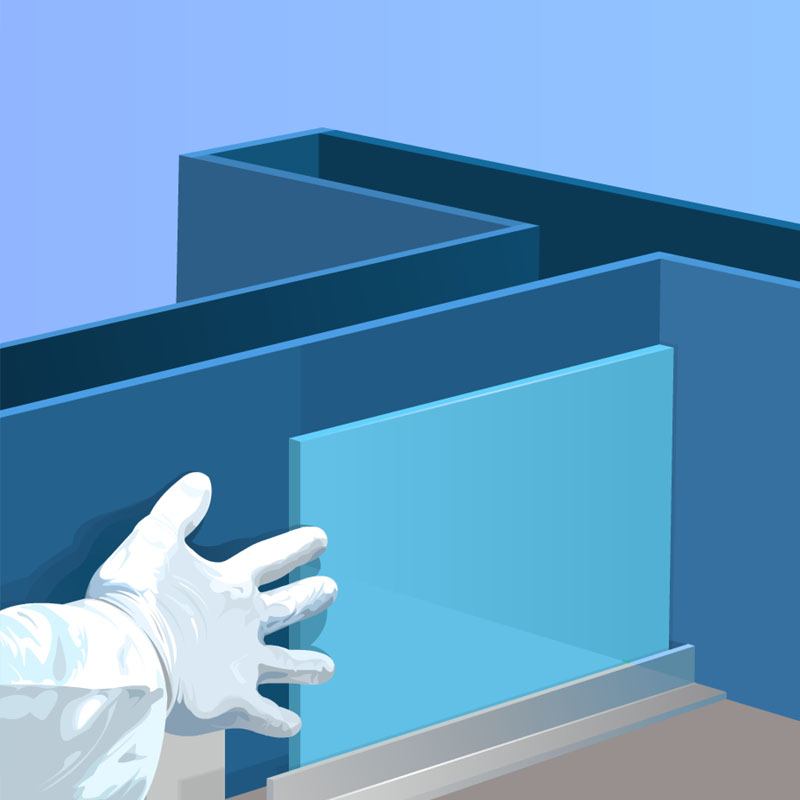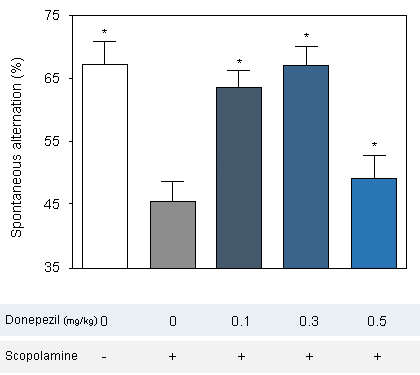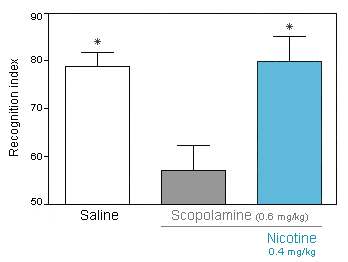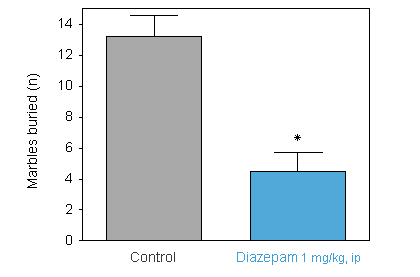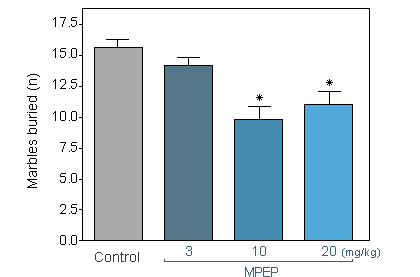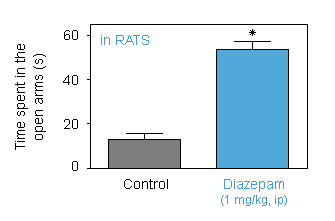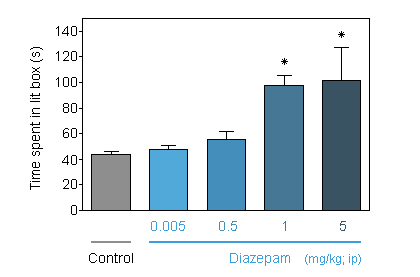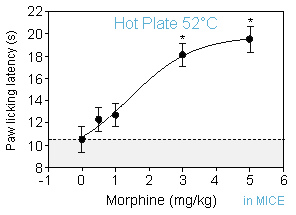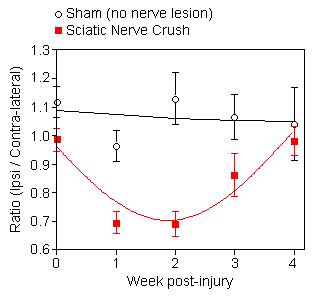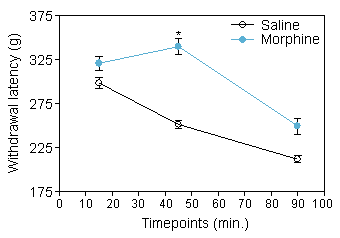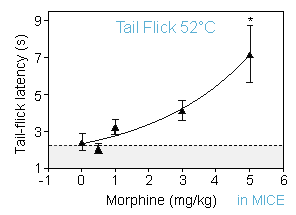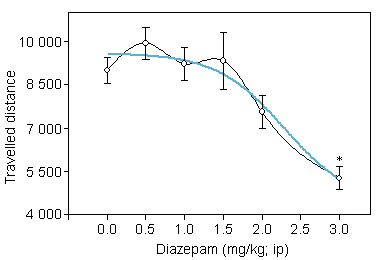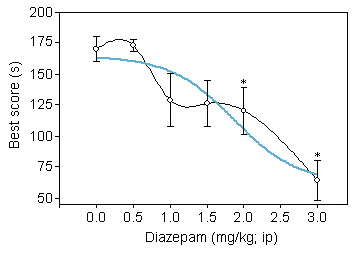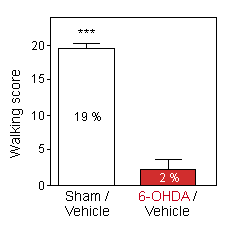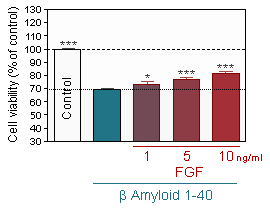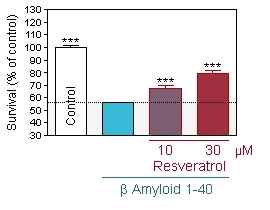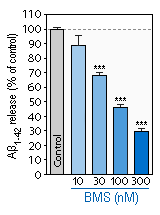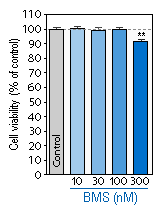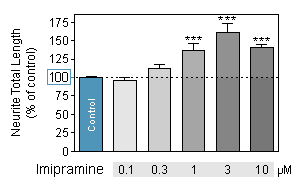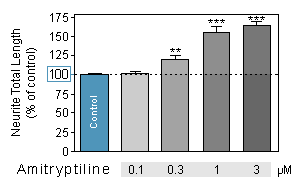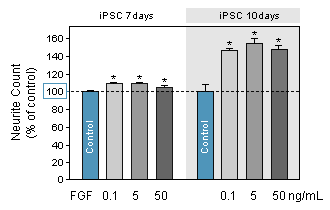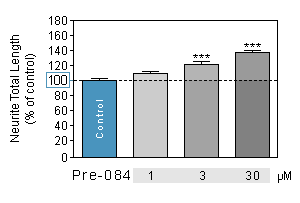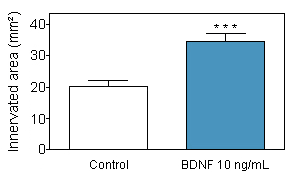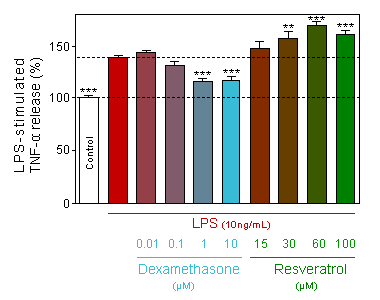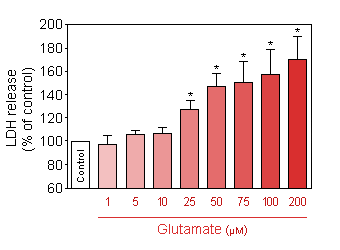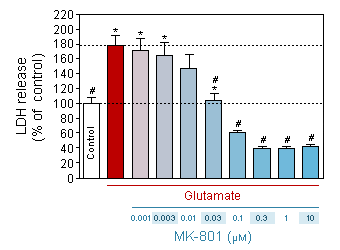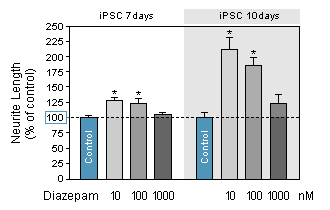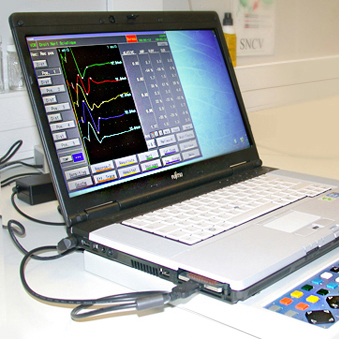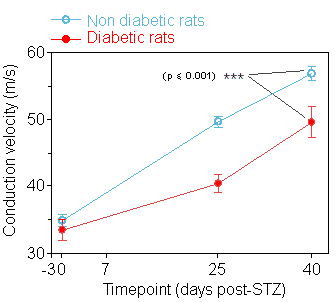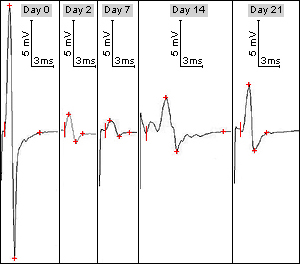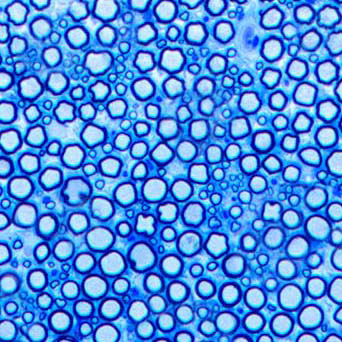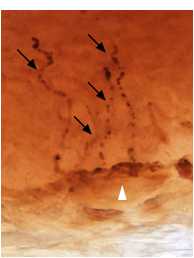NEUROFIT offers several cognition test to assess the efficacy of your compounds. All our tests are run routinely by our experts who are also available to provide you advices in the design of your experiment. Our goal is to provide you the most relevant data following your needs. see more ...
The T-maze test allows to evaluate memory deficit (reduction in the number of alternation) useful as model for screening compounds with cognitive enhancing properties. see more ...
The Passive Avoidance is a fear-aggravated test used to assess short- or long-term memory. The test requires rodents to act contrary to their innate behaviour. In that way, the apparatus is composed of a narrow bridge and a dark compartment so that the rodent will naturally choose to enter into the dark box. see more ...
The object recognition task in rodents is considered a test for evaluating working memory in rodents. It is based on the spontaneous exploration of novel and familiar objects. Naive animals will spend more time exploring a novel object than a familiar one. see more ...


 Animal / behavioural tests
Animal / behavioural tests